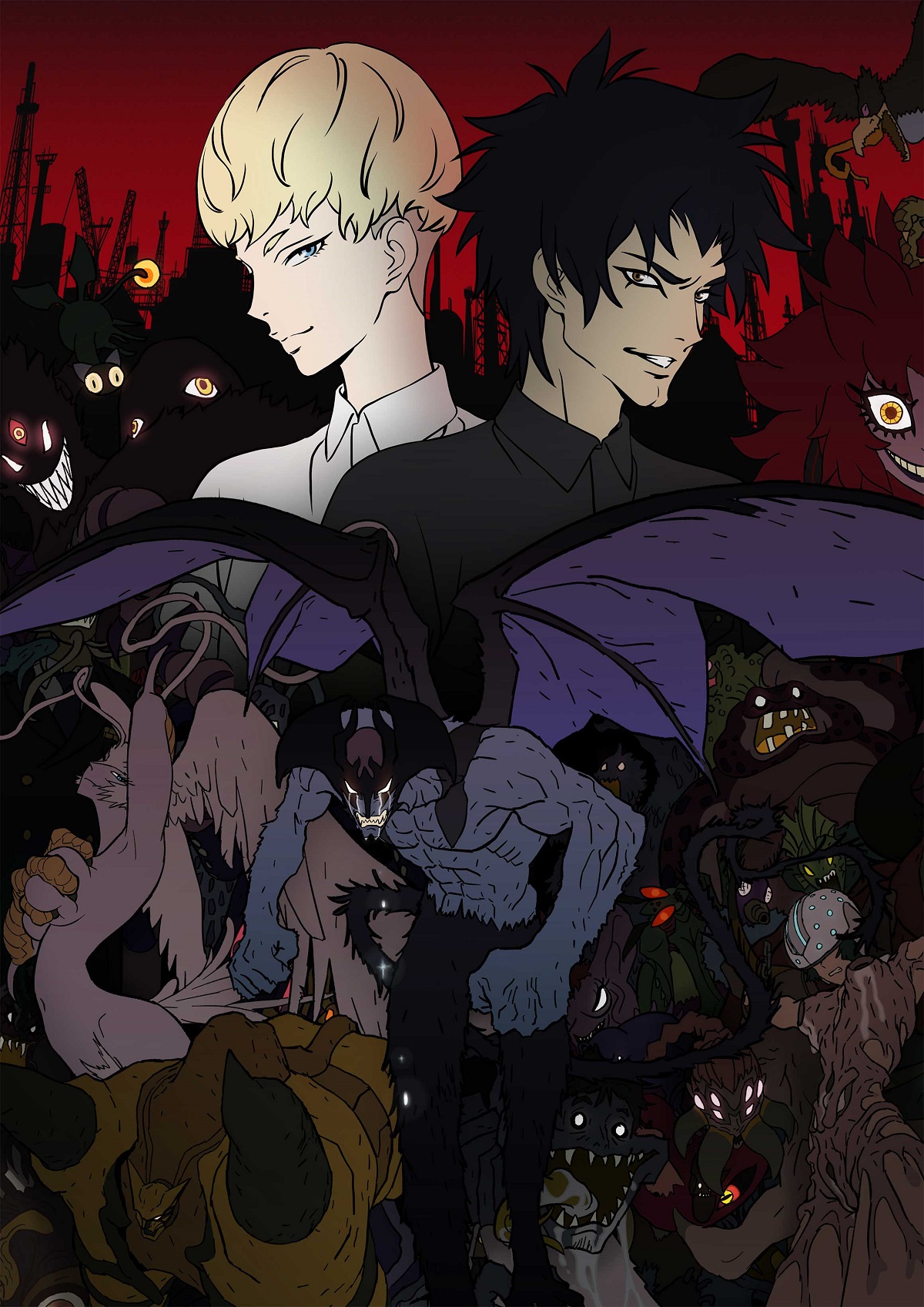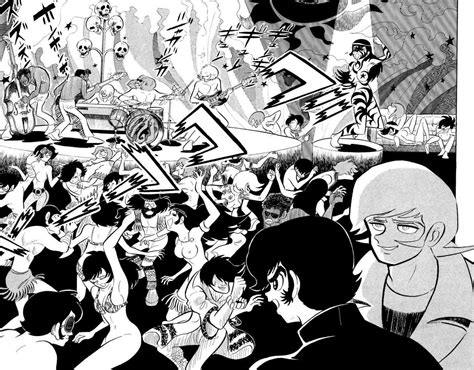

It tackles philosophies from Buddhism, Zen, and even Christianity. The story itself is ostensibly simplistic, but in actuality is so complex that with each re-read you discover more about it. Naturally, since it wasn't pre-planned, it's ridden with plot holes and erratic pace, however, it does in return offer a certain refreshment worth and perhaps a peculiar charm. The world of Devilman is multi-layered and it is very difficult to analyze its elements individually and in a typical way, because they are all juxtaposed into a sort of an incoherent unity. Where he has to accept his inner evil in order to defeat evil, which is where the aforementioned fails. That can be seen in the way the main character is written, as a paradoxical counterpart to humanity. Justified move, in a sense, since traditional hero portrayal is cast aside in order to act on a wider scale. When it comes to characters, this work refrains from any in-depth characterization, but rather shamelessly uses them as convenient tools in order to proceed with Akira's development. Go's expressionistic style flirts with reality, thus never makes violence seem to be there for the sake of fetishization, but instead experiments with the abstraction of it. Which pertain to violence and chaos as one of the themes. Emotional overtones simply ooze out of panels, while anatomical accuracy is sacrificed for the sake of distorted depictions However, there is more than meets the eye in this clunky and out-of-place cartoon-ish style. One of the weakest and probably most prominent aspects is its artwork which could repel readers immediately.

However, it is questionable how well can it cope with the tastes of today and not be cast aside as a mere superheroic work with horror elements. But, fans of the OVA and manga may be shocked by the difference in characters and animation and lack of an ongoing storyline.Considered to be the author's most iconic work, Devilman has created certain standards for works to come after it and could be considered a pioneer in that respect. In conclusion, this is a great show for anyone in love with 70s Japanese retro cool. The school devilman attends in human form is a hotbed of institutionalised paedophilia. Every demon seems to have some deviant sexuality or air of androgyny. Devilman whips a female demon on the nipple until she provides him with information. There are also some incredibly transgressive moments that jump out from the normal childishness. Some sequences seem to have been guest directed by Seijun Suzuki or Jodorowsky. There is a surreal bent to the entire production which pays little attention to narrative cohesion. His monster enemies are brilliantly designed and have bizarre plans to attack devilman which lead to some incredible psychedelic sequences.
Devilman manga cover full#
The title sequence describes him as a hero of justice but that could not be further from the truth, he thinks nothing of picking up a car full of screaming people and throwing it at a demon foe. The character of devilman is more nihilistic than any other version, in this he is wholly demonic and only interested in saving one human his love, Miki. Beneath the colourful surface of this formulaic anime is something much darker. It sometimes looks like it was drawn by a child. The innocence extends to the child like drawings of subsidiary characters and the bright colours. Their is an innocence about this "devilman" which is wholly deceptive. The characters are younger and the situations are less obviously adult.

This has none of the extreme violence of later versions or the books.

This is however an anime version produced for children under close censorship. The character of devilman has featured in a number of manga, OVAs and movies.


 0 kommentar(er)
0 kommentar(er)
